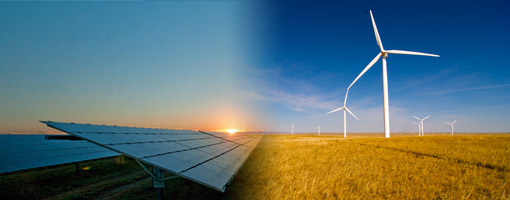Wind, solar, and hydropower provided 100 percent of the 1,328 megawatts (MW) in new U.S. electrical generating capacity added in April 2020, the Federal Energy Regulatory Commission (FERC) said.
FERC’s monthly Energy Infrastructure Update report (with data through April 30, 2020) also reveals that renewable energy sources such as biomass, geothermal, hydropower, solar, wind have accounted for 5,113 MW – or 56.3 percent – of the 9,082 MW added during the first four months of this year.
32 new units of wind totaling 3,104 MW were added to the U.S.’s total energy generating capacity accompanied by 110 units of solar (1,973 MW), six units of hydropower (25 MW), and two units of biomass (11 MW).
FERC also reported 3,964 MW or 21 units of new natural gas capacity, which accounted for most of the balance. There have been no new capacity additions by coal, oil, nuclear power, or geothermal energy since the beginning of the year.
Renewable energy sources account for 22.87 percent of the nation’s total available installed generating capacity and continue to expand their lead over coal (20.32 percent). Generating capacity of just wind and solar is now at 12.87 percent of the nation’s total … and that does not include distributed (e.g., rooftop) solar.
“Notwithstanding the impacts of the coronavirus crisis, renewables – especially wind and solar – are continuing on their march to eventual energy dominance,” said Ken Bossong, executive director of the SUN DAY Campaign.

